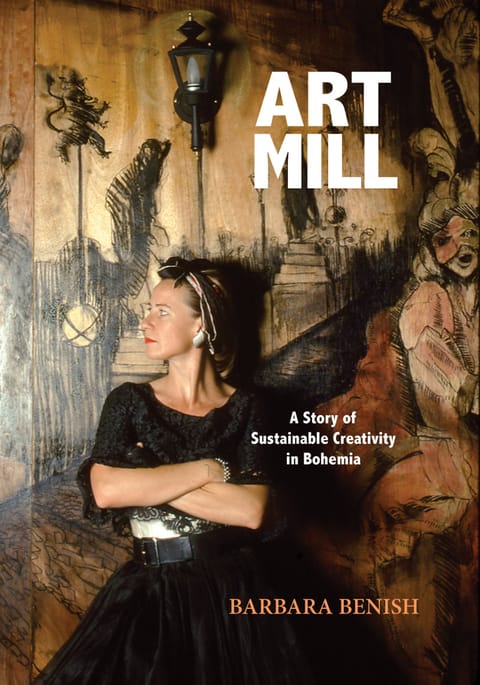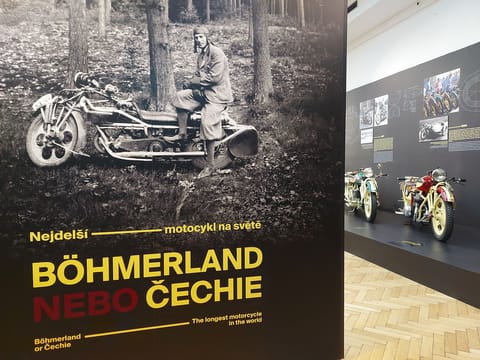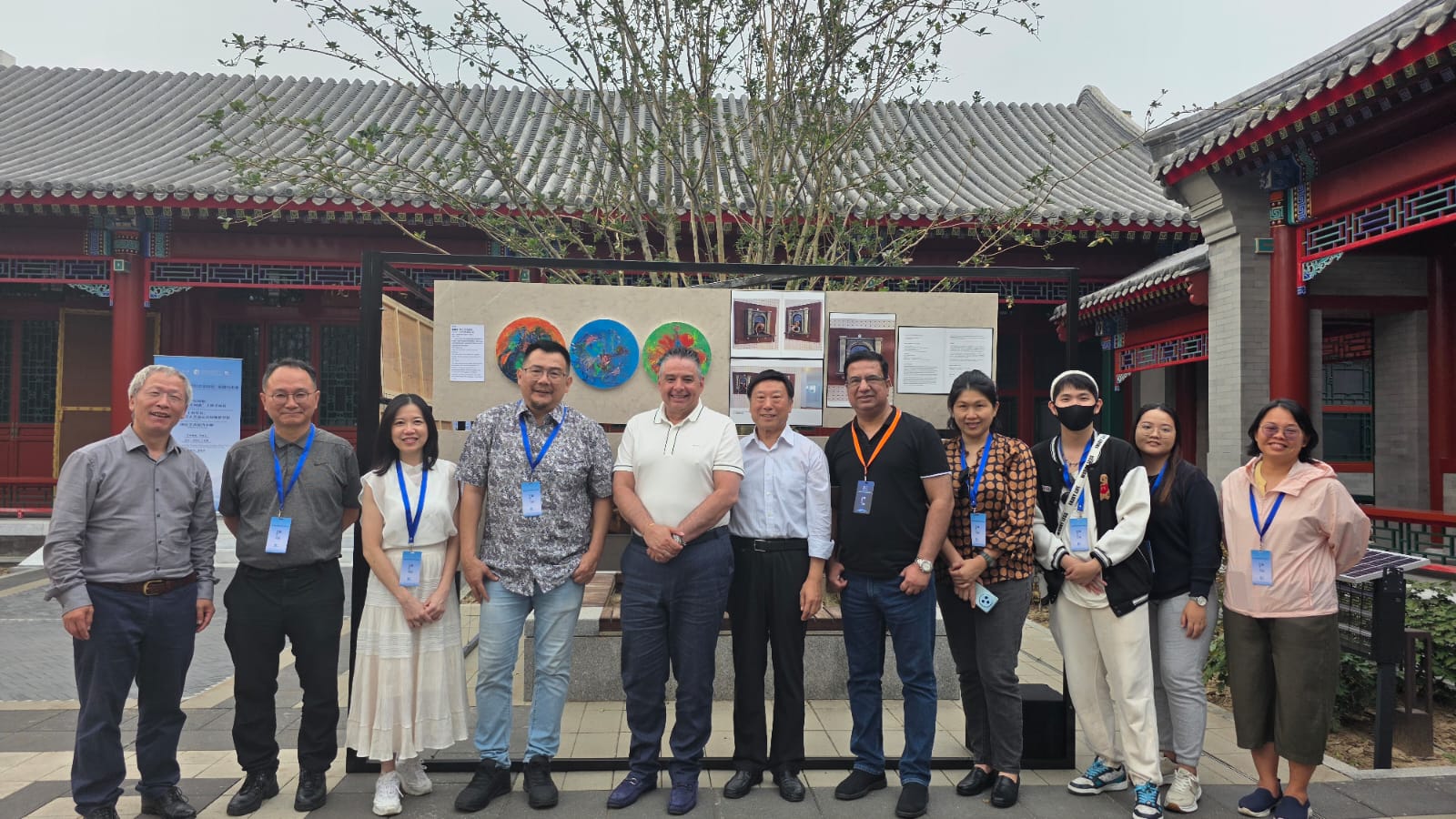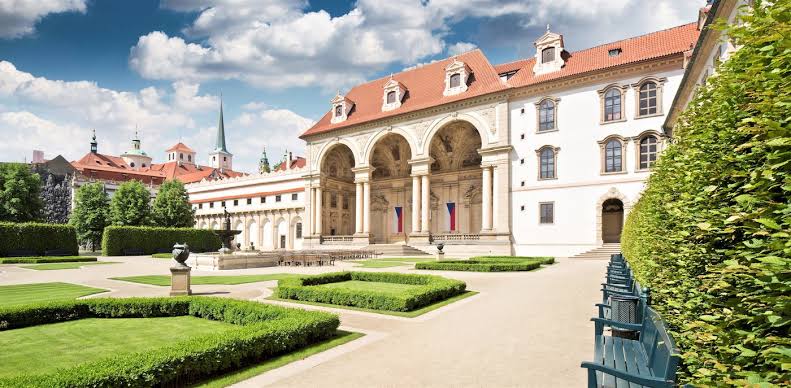Horažďovice, July 27, 2025 – The Europe Today: Nestled just two hours from Prague, beyond the rolling hills and rustic charm of the Czech countryside, lies the tranquil village of Horažďovice. Not far from this sleepy enclave, a historic flour mill once echoed with the clatter of grain and stone. Today, that same land hums with an entirely different rhythm — the symphony of sustainable creativity. This is ArtMill: A Center for Regenerative Art.
On the grounds of the centuries-old mill, an evolving community of artists, activists, and agroecologists work side by side. Vibrant art installations adorn the timbered walls of the old mill, once dedicated to feeding villages, now nourishing thought and imagination. Surrounding it are sustainable greenhouses, meadows alive with chickens and horses, and eclectic cabins that house international artists during the summer months.
At the heart of this vision stands Barbara Benish, an American artist whose journey from Los Angeles to Bohemia redefined both her personal and professional life. Drawn by a curiosity about her Czech ancestry in the 1970s, Benish first stepped onto Prague’s cobbled streets while backpacking across Europe. Her initial encounter with the “gray buildings and melancholic silence” of communist-era Czechoslovakia left a deep imprint on her soul.
“Here the buildings were gray, the streets empty. The melancholy was palpable,” Benish writes in her upcoming memoir ArtMill: A Story of Sustainable Creativity in Bohemia.
What began as a youthful journey evolved into a life-long commitment. Over the following decade, Benish continued returning to Czechoslovakia, forging connections within Prague’s resilient underground art scene — a close-knit, often persecuted community of dissenting voices who used creativity as a form of protest. In a state-dominated economy where freedom of expression was rare, art became resistance.
“Each artist formed a way to live in protest against the regime,” Benish recalls. “Dissent became stronger and more vocal with each month as the decade came to a close.”
With the fall of the Iron Curtain and the Velvet Revolution, Benish saw an opportunity not only to live but to build something lasting in the land that had captivated her. She acquired the derelict mill near Horažďovice and began transforming it into a sanctuary — not just for artists, but for the land and community itself.
ArtMill, under her leadership and with a women-led team, now operates as a living experiment in regenerative culture. The land that once yielded flour now cultivates food through permaculture techniques and cultivates minds through workshops, exhibitions, and residencies. It is both a spiritual refuge and a platform for environmental advocacy, engaging visitors from around the globe in dialogues on sustainability, peace, and creativity.
Despite the peace ArtMill offers today, its soil is rich with stories of defiance, survival, and reinvention — making it not just a center for art, but a symbol of transformation.














